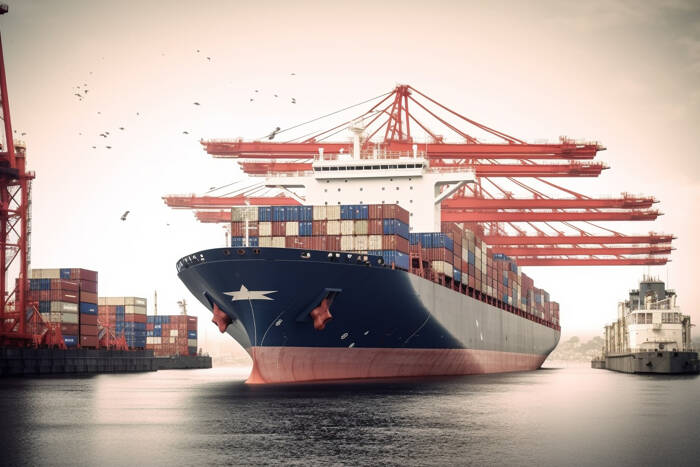Soybeans and rare earths in focus
Soybean imports increased to a record 12.87 million metric tons in September. The September data could potentially set the stage for constructive US-China trade talks at the APEC summit.
Before the Golden Week holidays, President Trump criticized China for cutting soybean imports, saying:
“Our country’s soybean farmers are suffering because China is not buying just because of ‘negotiations’. We have made so much money on tariffs that we are going to take a small part of that money and help our farmers. I will never let our farmers down.”
Although no retaliation was taken by the US administration, Beijing’s announcement of new controls on rare earth exports caused a stir. The alleged ban on rare earth exports prompted the US administration to increase tariffs on Chinese shipments to 100%, leading to flight-safety concerns.
However, Beijing clarified its policy adjustment on rare earth exports, saying there will be no restrictions and approvals for compliant export applications for civilian use will continue as normal.
Despite these assurances, actual rare earth exports have still declined significantly, which is a potential issue in trade negotiations. Rare earth exports fell 31% to 4,000.3 tonnes. Moreover, exports from January to September declined 11% year-on-year to 42,936 tonnes.
Labor Market and Consumption Outlook
While the latest data will set the stage for trade talks, the increase in demand could be key to China’s labor market and Beijing’s pressure to boost private consumption.
Chinese manufacturers reduced staffing levels in September for the third time in four months. While demand improved, pricing pressures forced companies to reduce fixed costs to protect their earnings. However, if external demand continues to improve, margin pressure could ease, potentially leading to increased employment.
Rising wages and employment could boost consumer sentiment and spending, leading to demand-driven inflation.
For context, China’s unemployment rate is projected to remain high in 2025 while retail sales have declined, consistent with the timing of US tariffs and margin squeeze. The unemployment rate rose to 5.3% in August, up from 5.2% in July and 5.0% in June. Retail sales rose 3.4% year-on-year in August, up from 3.7% in July and 4.8% in June.
Non-US trade expansion gains momentum
China’s success in rerouting shipments and creating new trade terms to counter the decline in US demand bodes well for the fourth quarter.
Shahzad Kazi, Managing Director of China Beige Book, commented:
“Shipments to the US fell 27% – the sixth straight month of double-digit decline – a decline more than offset by strong sales growth in regions like the EU. Overall, exports to non-US destinations rose 14.8%, the sharpest since March 2023.”
Kaji identified other major trade developments, including a 56% increase in shipments to Africa. Exports to LATAM rose 15.2%, reversing the decline in the previous two months.
Mainland equity markets stable after trading volatility
Mainland equity markets were in recovery mode on Tuesday, October 14. Market tensions eased after Friday’s rise and the weekend’s decline over the US-China trade war.
The CSI 300 rose 0.89% in early trading, while the Shanghai Composite Index rose 0.68%. Tuesday’s recovery sent the pair towards its 2025 high set for October 9.
Traders are betting on the US-China trade deal and Beijing achieving its 5% GDP growth target, aided by policy measures targeting demand.
Punitive US tariffs on transshipments have not hurt the Chinese economy and boosted demand for mainland-listed stocks. The CSI 300 is projected to rise 17.9% year-to-date in 2025, with the Shanghai Composite Index rising 16.8%. In contrast, the Hang Seng Index is up 29% year-to-date.
Although analysts are optimistic about further gains in the remainder of the fourth quarter, downside risks remain from renewed trade tensions. Last week’s surge underlined the threat to global markets from a breakdown in US-China relations.


